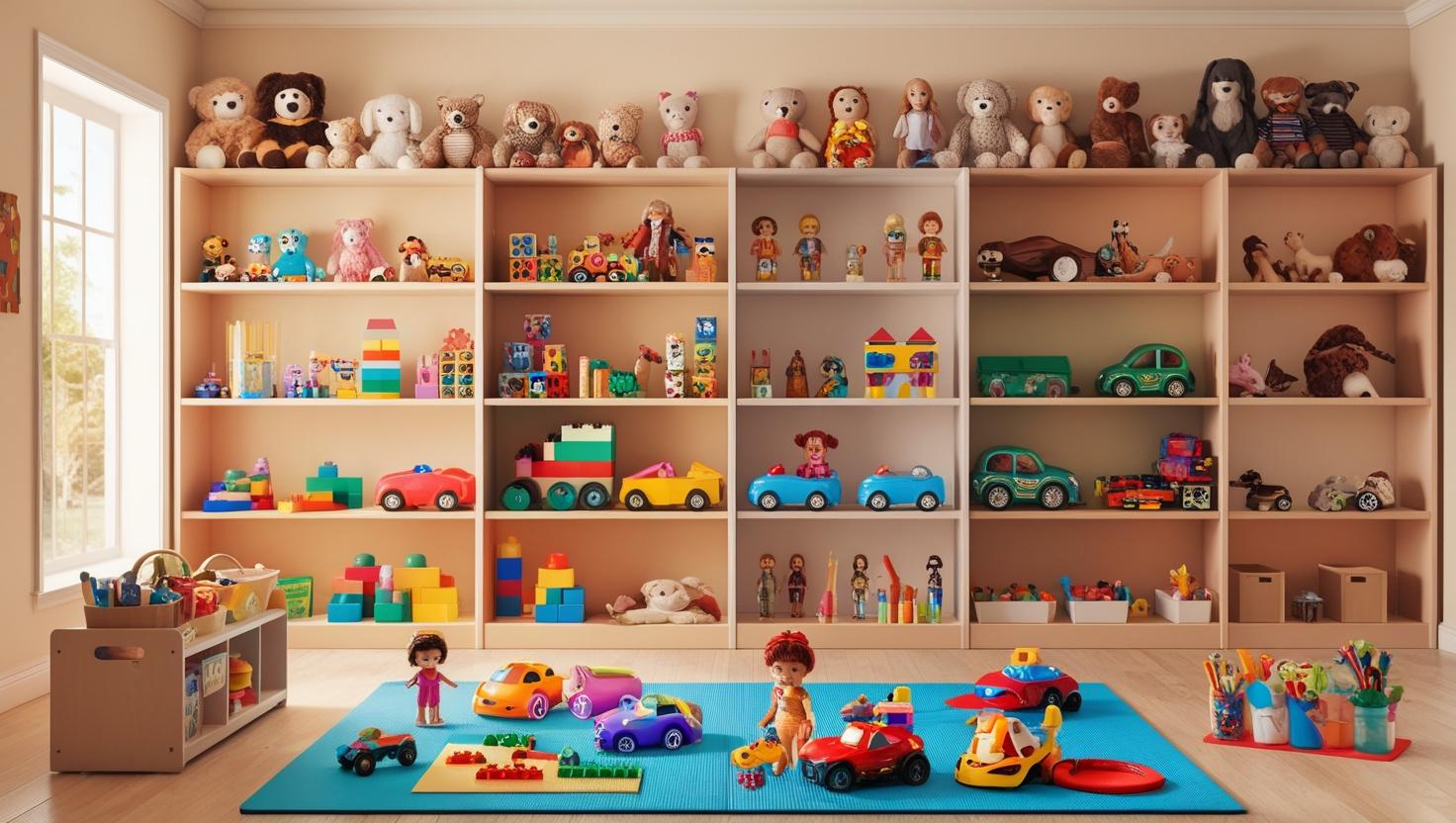Think STEM learning has to be expensive? Think again. With just $100 (or less), you can create a full year of engaging, hands-on science, technology, engineering, and math experiences for your kids — right at home. The secret lies in strategic purchases, multi-use materials, and a little creativity.
Here’s how to stretch your dollars and keep the learning going all year long.
Step 1: Start with the Essentials ($25–$30)
A solid STEM foundation doesn’t need fancy gadgets. These simple tools unlock endless experiments:
- Measuring cups, spoons, and scales: Ideal for math, chemistry, and sensory learning.
- Magnifying glass and notebook: Encourage scientific observation and journaling.
- Basic craft supplies (tape, glue, scissors, string): For building, testing, and redesigning.
These materials can be reused across dozens of activities.
Step 2: Add Open-Ended Building Materials ($20–$25)
Construction play builds problem-solving skills. Look for items that grow with your child:
- LEGO Classic set: Perfect for engineering challenges and creative builds.
- Wooden craft sticks or cardboard tubes: Use them to explore structure and balance.
- Plastic straws or pipe cleaners: Great for geometry, bridge building, and prototyping.
Step 3: Bring in Real-World Science Kits ($20–$30)
A few small, high-value kits can carry your STEM program far:
- KiwiCo or MEL Science single kits: Each provides a ready-made monthly challenge.
- Simple circuits or solar-powered kits: Introduce electricity and renewable energy concepts.
- Microscope or magnifying tool set: Excellent for long-term observation projects.
These kits typically include reusable materials and spark recurring curiosity.
Step 4: Use Free Resources and Challenges ($0)
Not every great activity comes with a price tag. The internet is full of free, educator-approved STEM challenges:
- NASA STEM Engagement — real space-themed experiments for kids.
- Science Buddies — searchable projects by age and topic.
- TeachEngineering — classroom-tested STEM activities.
Rotate one challenge per week, and you’ll easily fill a year’s worth of experiments.
Step 5: Reuse and Rotate
Store your supplies in labeled bins and rotate materials every few weeks. This makes old tools feel “new” again and keeps your child’s curiosity fresh.
Sample $100 STEM Budget Breakdown
| Category | Item Examples | Estimated Cost |
|---|---|---|
| Basic Tools | Measuring set, magnifier, journal | $25 |
| Building Sets | LEGO, straws, sticks | $25 |
| Science Kits | Circuits, solar, or chemistry | $30 |
| Supplies | Tape, glue, paper, storage bins | $20 |
| Total | ≈ $100 |
With this setup, you’ll have enough materials for a full year of weekly STEM activities, from bridge-building to basic coding experiments — without overspending.





